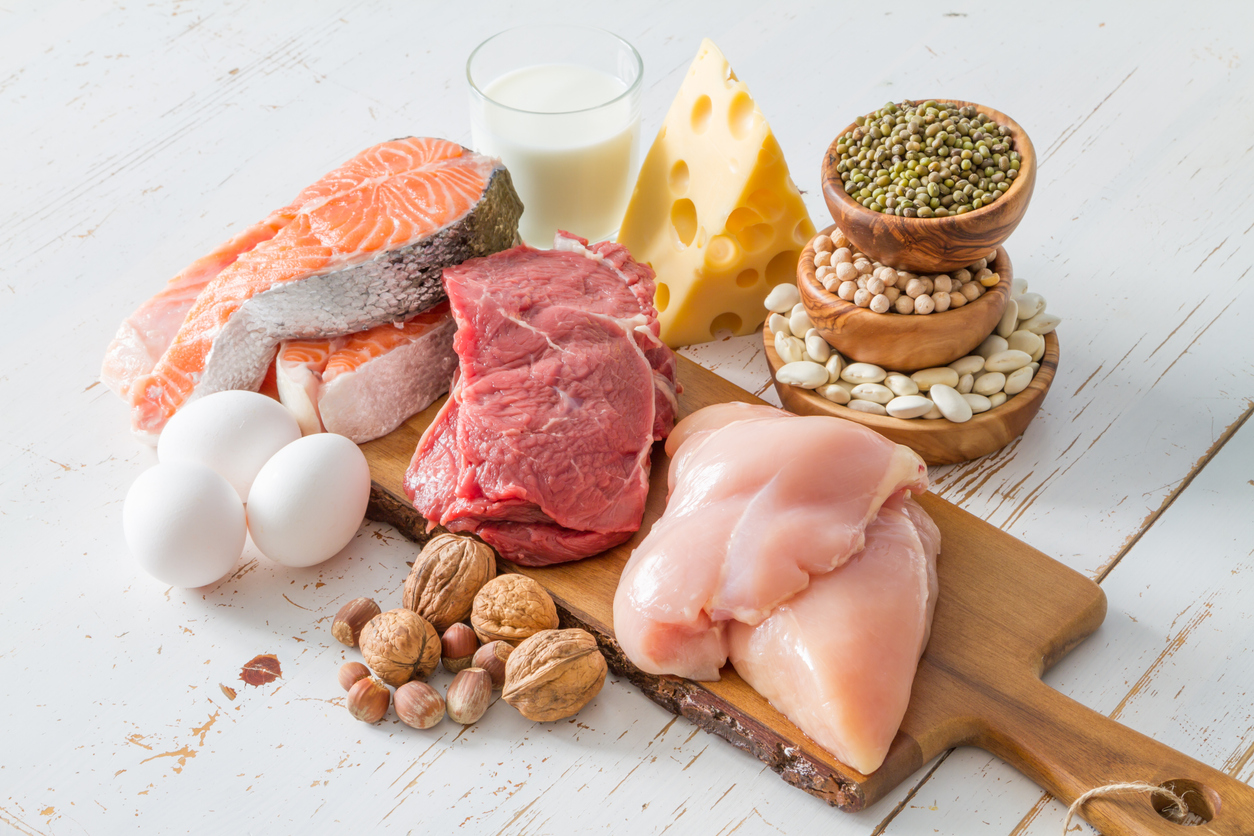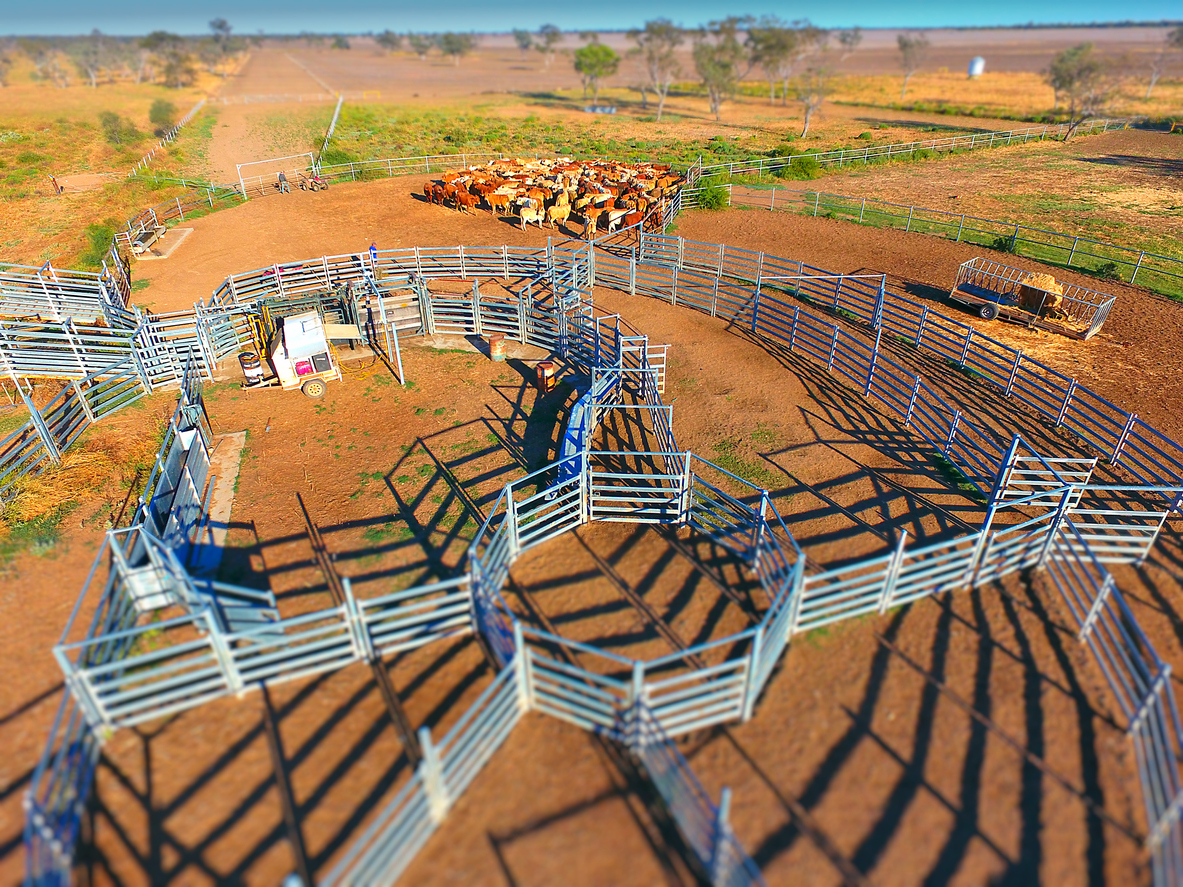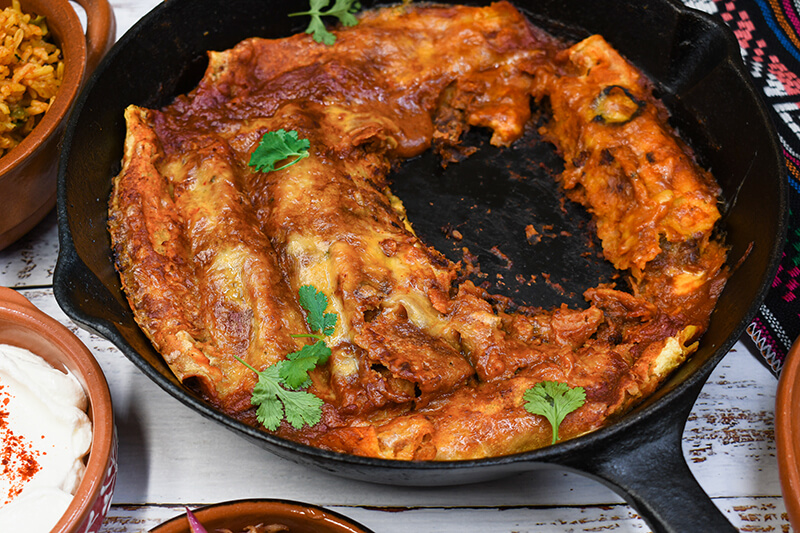American Farmers Count! Census 2020
Students compare and contrast the differences between the Census of Agriculture and the decennial census.
Students compare and contrast the differences between the Census of Agriculture and the decennial census.
Students categorize sources of basic agricultural products alphabetically.
Students discover the changes that take place in a walnut orchard through the seasons by reading and discussing a story about a walnut farm.

Students will examine dietary sources of protein and generally understand the relationship between protein synthesis and amino acids while completing an activity to use beads as a representation of amino acids to construct proteins (polypeptide chains). Students will identify complete and/or incomplete proteins found in both animal and plant food sources.
This lesson compares and contrasts prokaryotic and eukaryotic cells and examines the form and function of the plasmid found in prokaryotic cells. Students will then use these principles to simulate how a desirable gene can be isolated and inserted into a plasmid as one step in the process of creating a bioengineered (GMO) plant variety.
Students will trace the energy and nutrition requirements of the human lifecycle from beginning to end and identify the physical and cognitive growth happening in each phase of life.
In this lesson, students will take on the role of a nitrogen molecule and experience how various forms of nitrogen cycle through the environment. Students will be able to identify and differentiate between atoms, molecules, and compounds.
Students explore the meaning of essential elements and use periodic tables to compare the elements that are essential to people and plants. Students discover where in the environment plants obtain each of their essential elements.
Students will learn about different types of carbohydrates, the role of enzymes in breaking down complex sugars into simple sugars, and how different sugars impact our perception of sweetness and may impact human health.
Students engage with the Growing a Nation timeline to explore the significant historical and agricultural events and inventions from American history during the years 1970-2000. Students recognize the importance of labor in agriculture and determine how the implementation of technology in agriculture increased agricultural production.

Students will explore cattle flight zones and work as agricultural engineers to design a corral system that uses the research of Dr. Temple Grandin.

This lesson utilizes a process learning model to recognize how the Columbian Exchange and early Spanish explorers impacted the culture and cuisine of the Southwest United States. Students will participate in a food lab to make enchiladas and learn about the production of each ingredient.